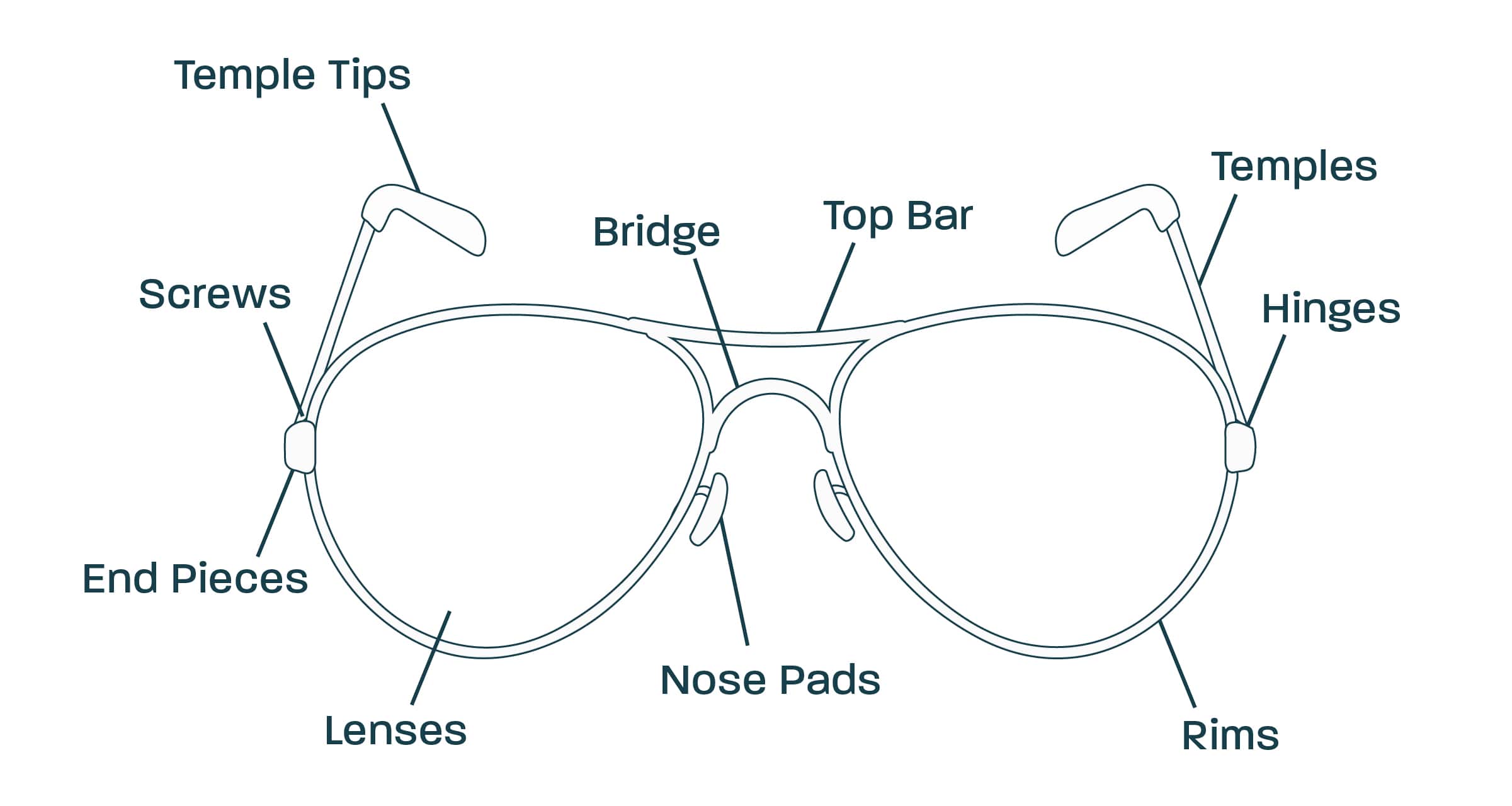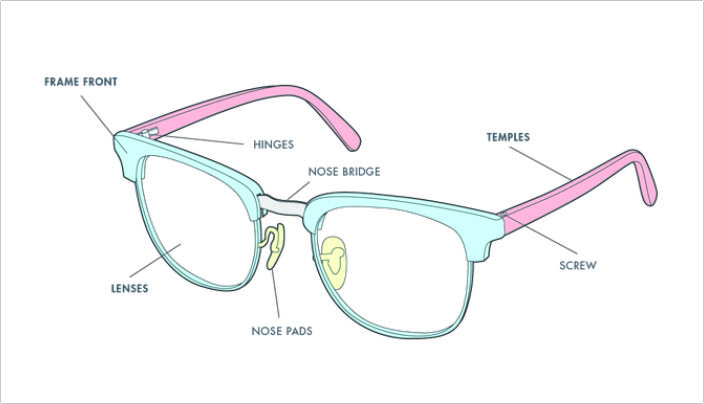Part Of Glasses That Go Over Ear
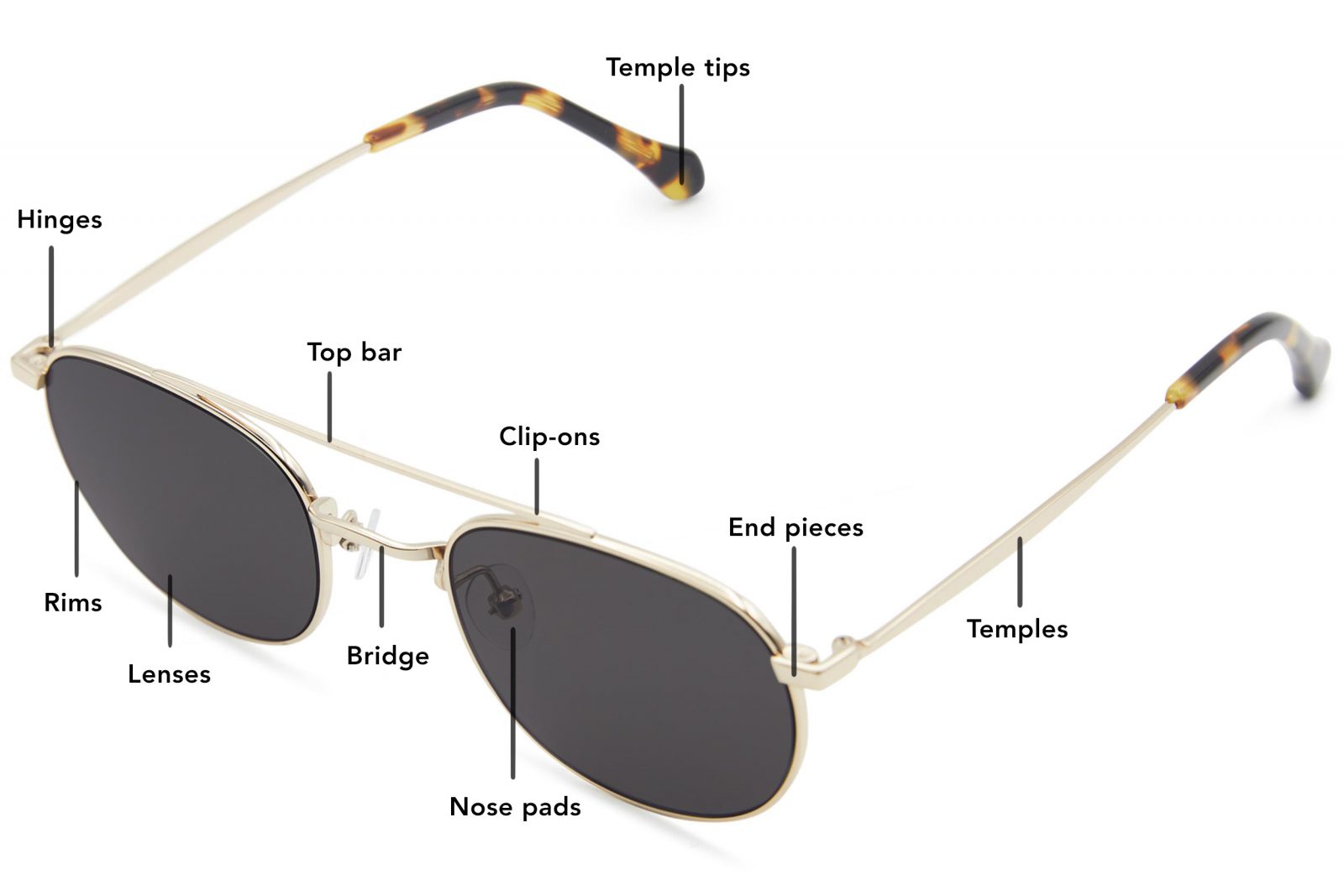
For many, they are a constant companion, perched on the nose and offering a clear view of the world. However, a seemingly small component of eyeglasses, the part that curves over the ear, is undergoing a significant evolution, driven by advancements in materials science, biomechanics, and consumer demand for comfort and personalization.
This article delves into the advancements concerning the part of glasses that go over the ear, often referred to as the temples or earpieces. We will explore how design innovations are enhancing comfort, fit, and functionality, and what these changes mean for the eyewear industry and the millions who rely on glasses every day.
The Humble Temple: More Than Just a Hook
The earpiece, at its core, serves a simple function: to secure the glasses to the wearer's head. Traditionally, these components were crafted from the same material as the frame, such as metal or acetate. However, advancements in materials and manufacturing techniques have broadened the possibilities, leading to designs that prioritize comfort, durability, and aesthetics.
Dr. Emily Carter, an optometrist with 15 years of experience, notes, "Patients often complain about discomfort behind the ears, especially after prolonged wear. Pressure points and slippage are common issues. A well-designed temple can alleviate these problems significantly."
Ergonomics plays a crucial role in earpiece design. Manufacturers are increasingly employing data from biomechanical studies to understand how glasses interact with the wearer's head shape and movement. This knowledge informs the development of curved temples, adjustable hinges, and flexible materials that conform to the individual's unique anatomy.
Materials Science Takes Center Stage
One of the most significant changes in earpiece design is the proliferation of new materials. Traditional acetate and metal are still widely used, but they are now often enhanced with features like internal wires for adjustability. More innovative materials, such as titanium alloys and shape-memory polymers, are also gaining traction.
Titanium alloys are prized for their strength, lightness, and hypoallergenic properties. Shape-memory polymers, on the other hand, can be molded to a specific shape and retain that form even after being bent or deformed. This feature allows for a personalized fit that enhances comfort and stability.
Furthermore, the use of bio-based materials is increasing, reflecting a growing awareness of environmental sustainability. Manufacturers are experimenting with materials derived from castor beans, wood pulp, and other renewable resources to create eco-friendly earpieces.
Customization and Adjustability: A Tailored Fit
The demand for personalized eyewear has driven innovations in earpiece adjustability. Many modern frames feature temples with adjustable tips that can be bent and molded to fit the wearer's ear contour. This feature is particularly beneficial for individuals with asymmetrical facial features or those who require a customized fit due to medical conditions.
Luxottica, a leading eyewear manufacturer, has incorporated adjustable temple technology into several of its brands. According to their website, "Our focus is on creating eyewear that fits comfortably and securely, regardless of individual variations in facial structure."
3D printing is also playing a role in earpiece customization. Some companies offer bespoke eyewear services that utilize 3D scanning to create temples that are perfectly tailored to the wearer's head shape. This technology holds immense promise for individuals who struggle to find well-fitting glasses off the rack.
The Impact on Consumers and the Eyewear Industry
The evolution of earpiece design has far-reaching implications for both consumers and the eyewear industry. For consumers, it means greater comfort, improved fit, and a more personalized eyewear experience. The availability of adjustable and customizable temples addresses a common source of frustration for glasses wearers.
For the eyewear industry, these advancements represent a competitive advantage. Companies that invest in innovative earpiece designs can differentiate themselves in a crowded market and attract consumers who prioritize comfort and functionality. The adoption of sustainable materials also aligns with the growing demand for environmentally responsible products.
The increasing complexity of earpiece design also presents challenges for manufacturers. More sophisticated materials and manufacturing techniques require greater investment in research and development. Quality control becomes even more critical to ensure that adjustable and customizable features function reliably.
Looking Ahead: The Future of Earpieces
The future of earpiece design is likely to be shaped by ongoing advancements in materials science, biomechanics, and digital technologies. We can expect to see even more personalized and comfortable eyewear solutions that cater to the individual needs of wearers.
FutureBridge, a consulting firm specializing in technology forecasting, predicts that "smart eyewear" will incorporate sensors and electronics into the earpieces. These features could include biometric monitoring, audio playback, and virtual reality integration.
While the humble earpiece may seem like a small detail in the grand scheme of eyewear, its ongoing evolution is transforming the way people experience the world through their glasses. By prioritizing comfort, customization, and sustainability, the eyewear industry is ensuring that the next generation of earpieces will provide a more enjoyable and personalized vision experience.

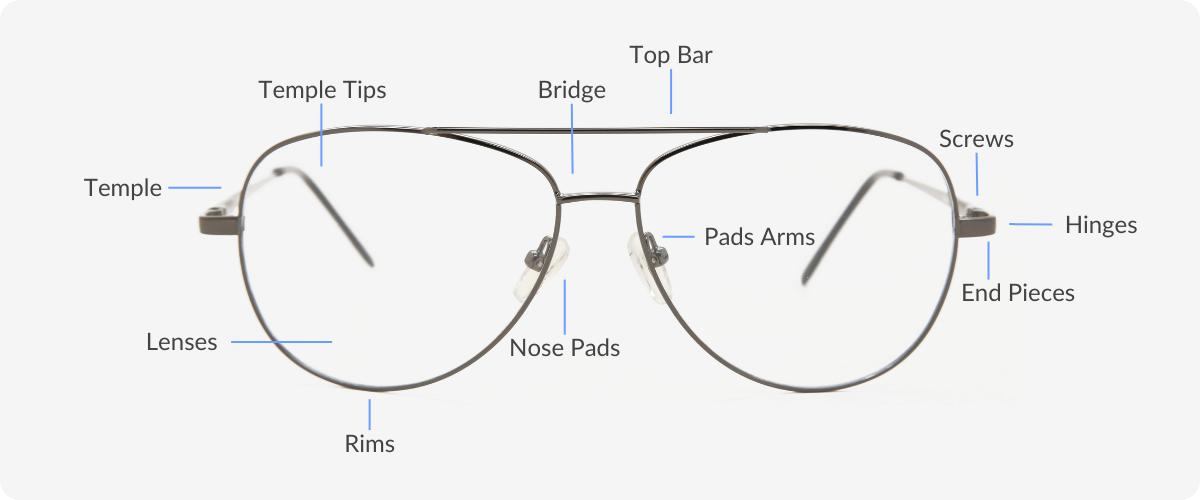
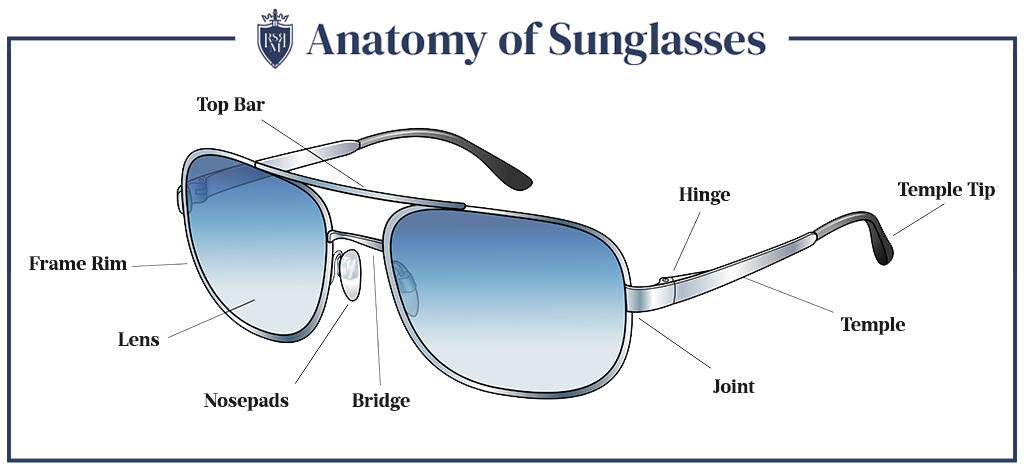
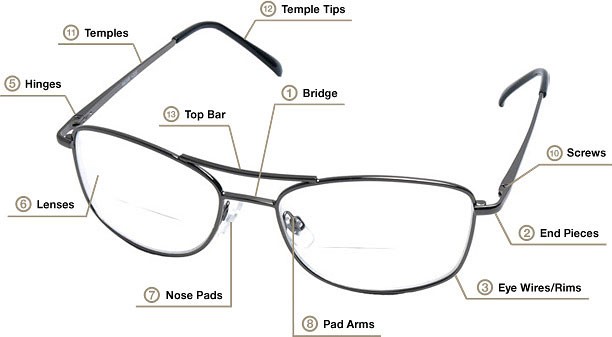


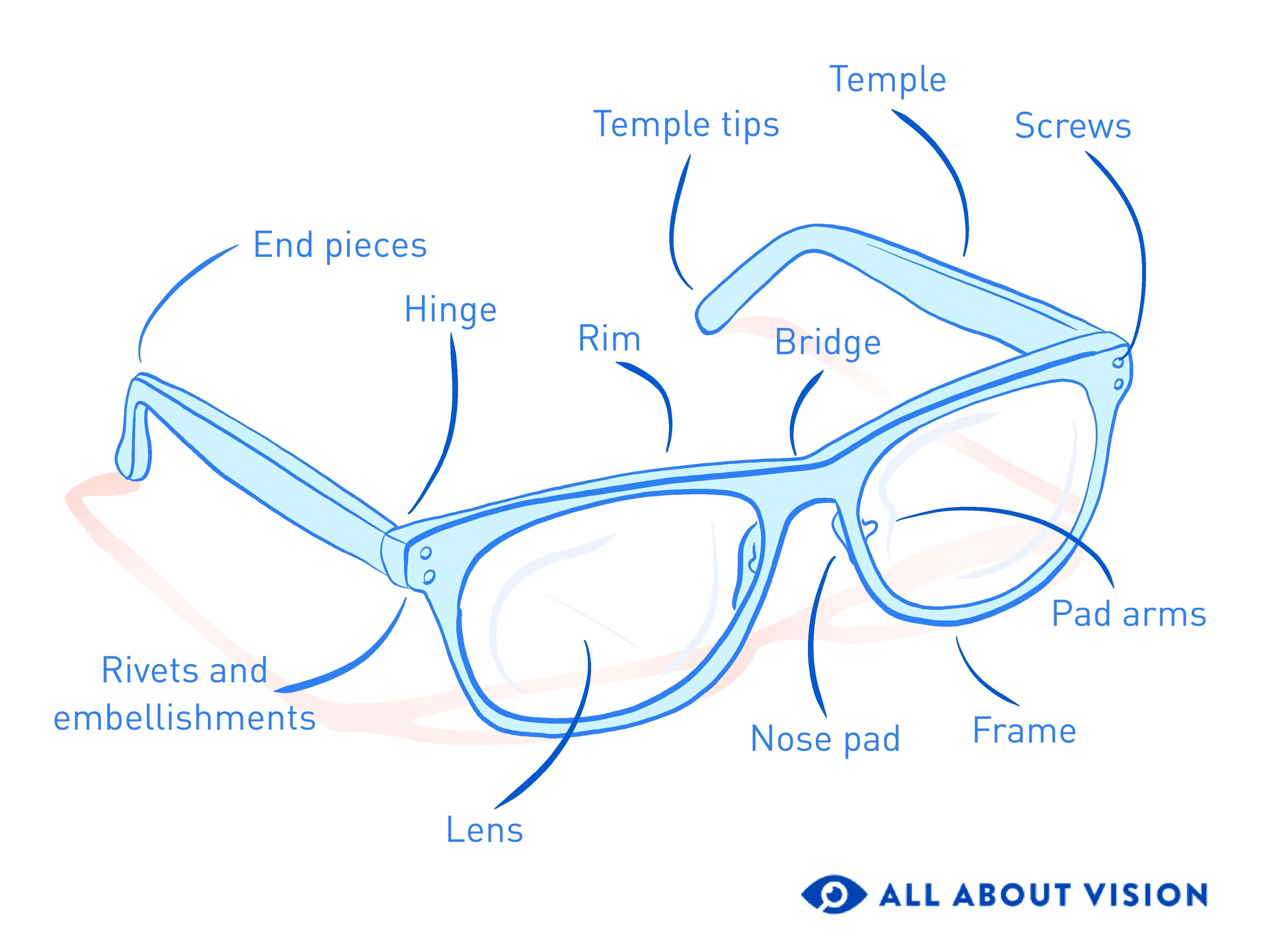

![Part Of Glasses That Go Over Ear Parts of an Eyeglass Frame [Glasses Diagram] | Readers.com](https://i.pinimg.com/originals/c1/90/3b/c1903bd0c9cb7fd7ce7076e6ec1e9066.jpg)

